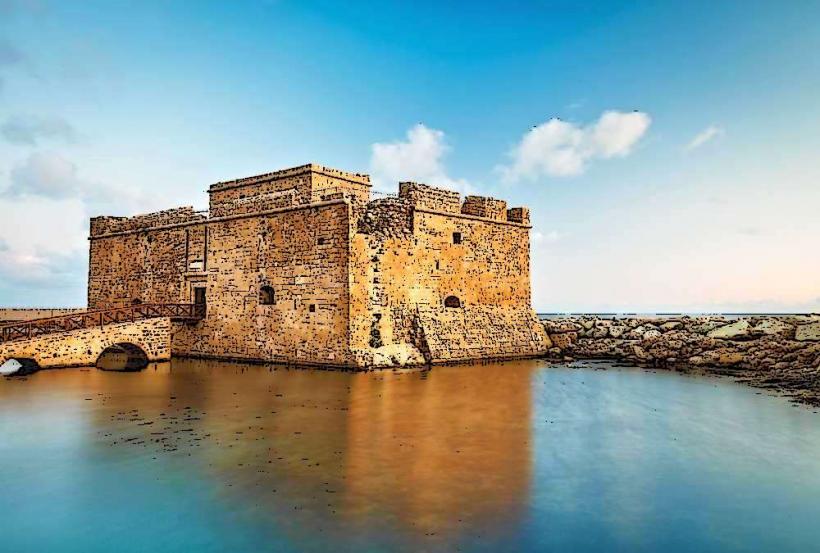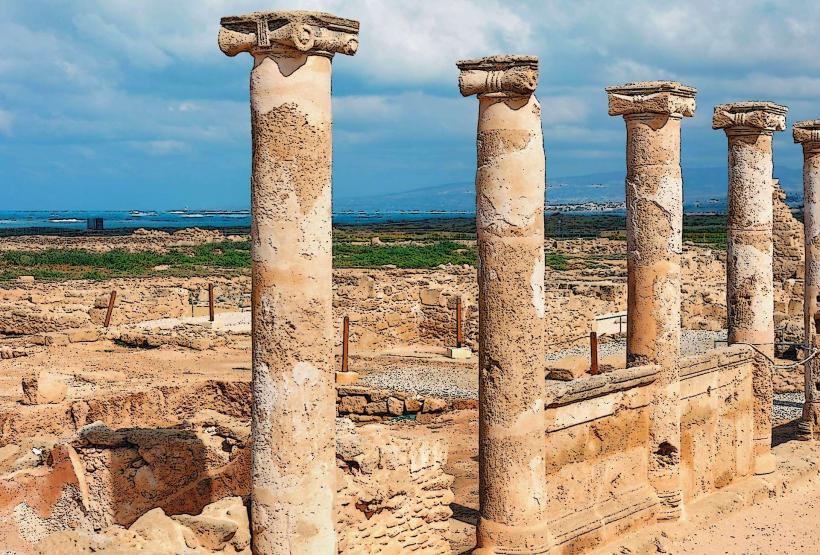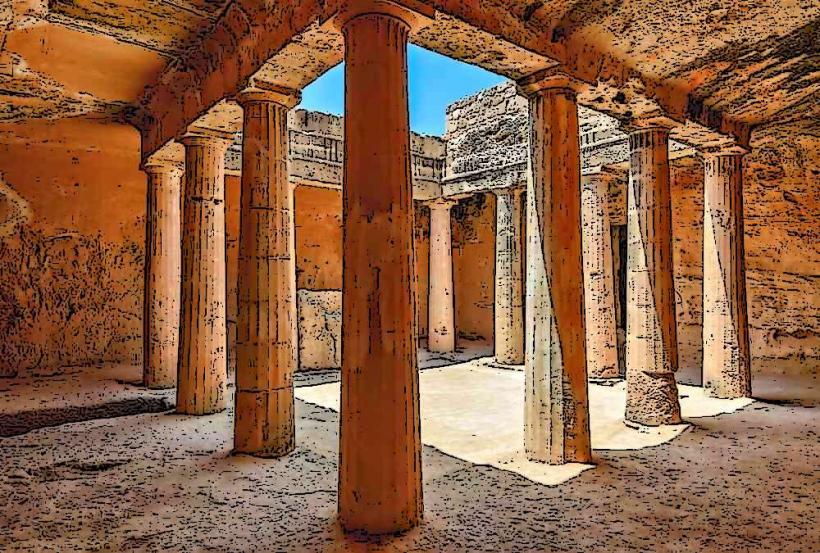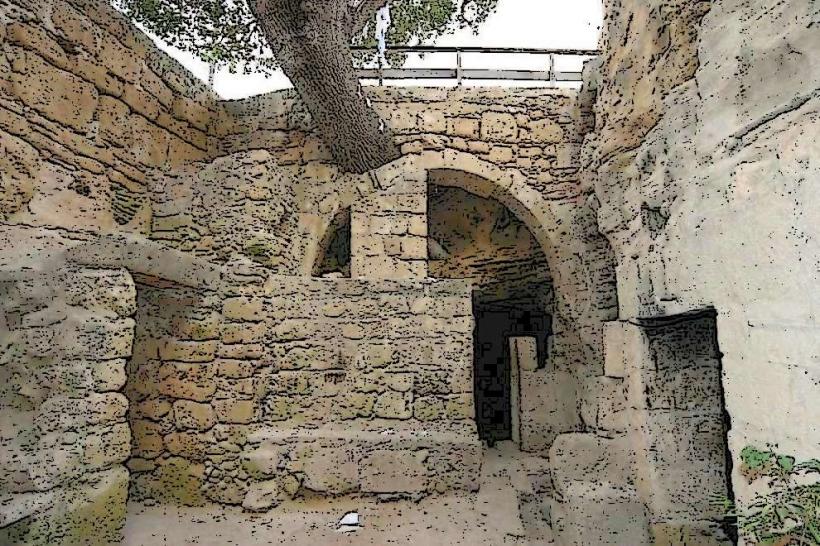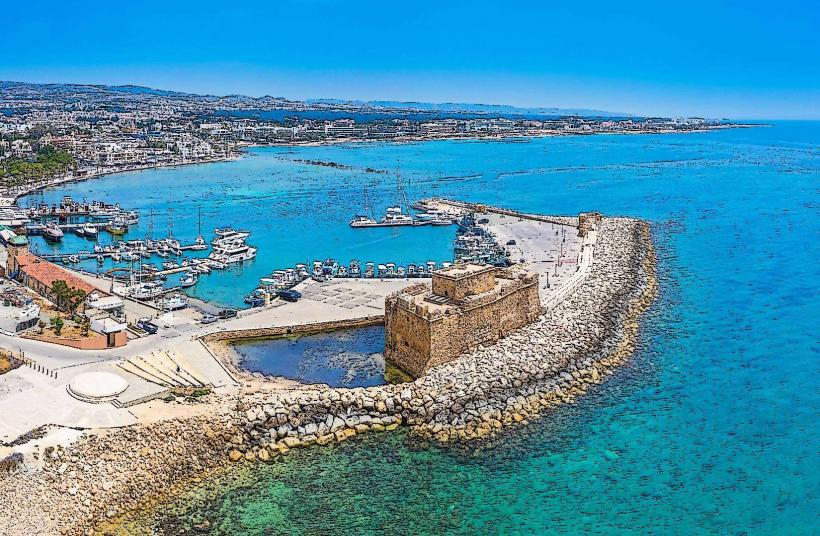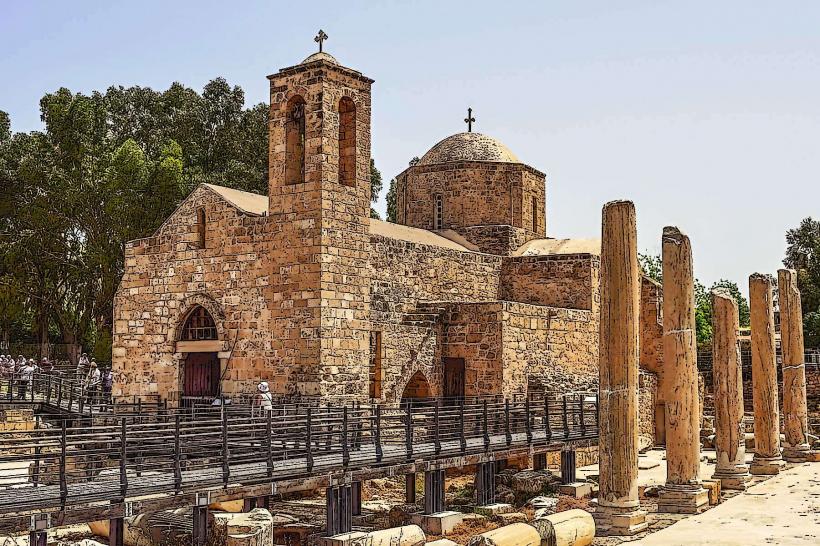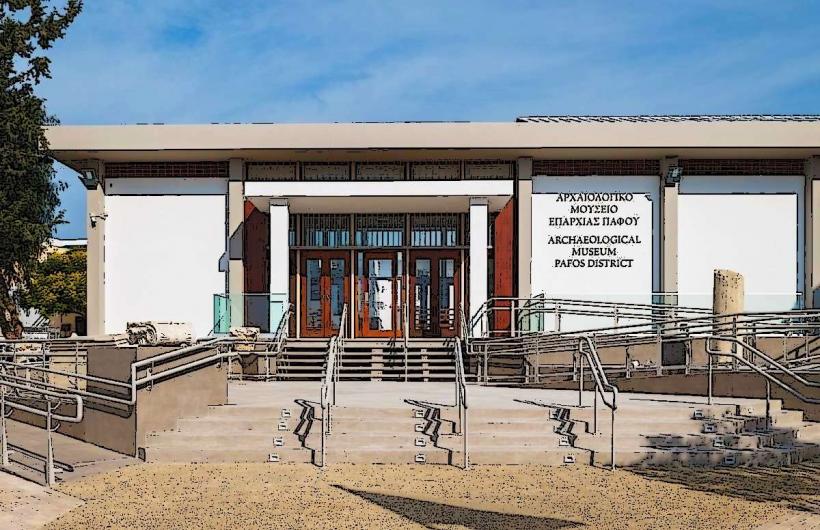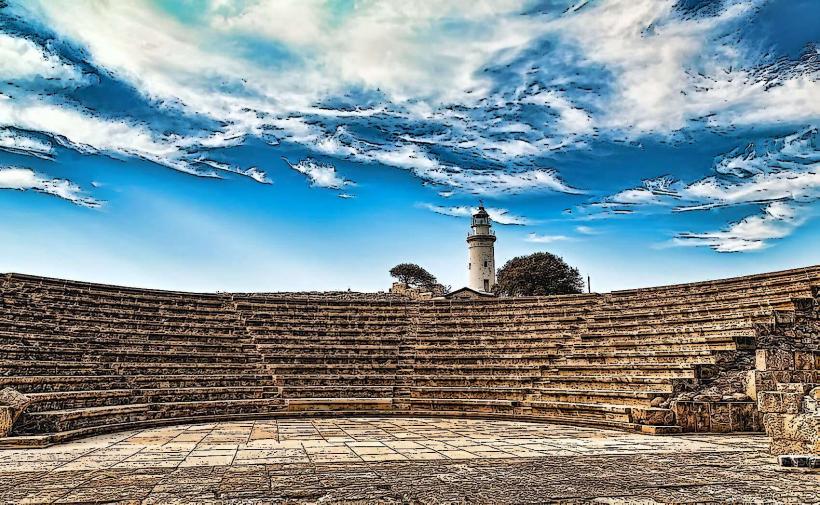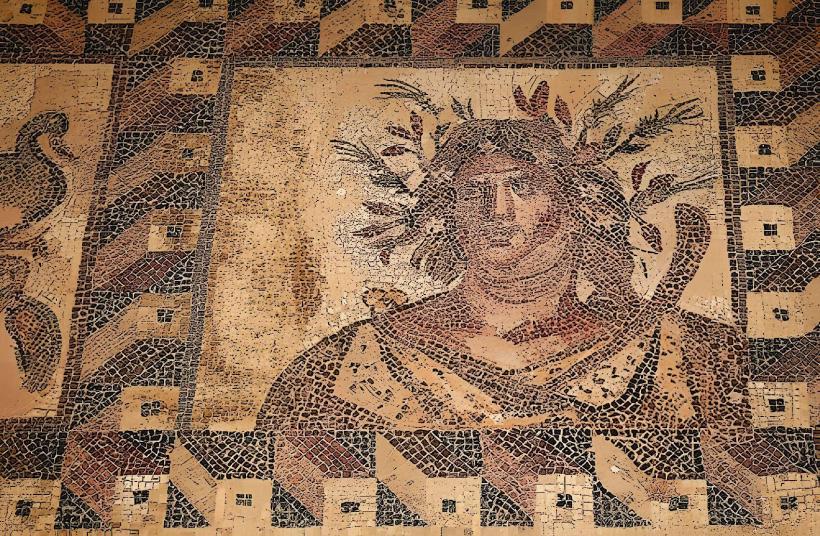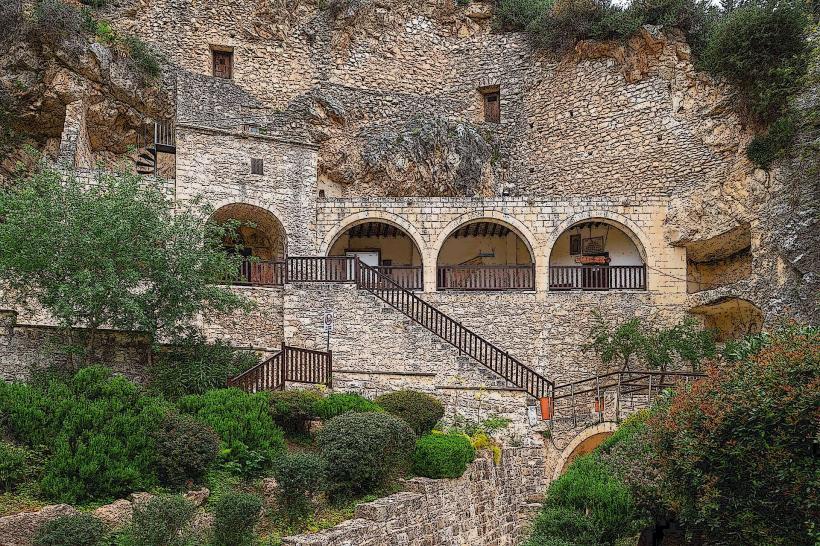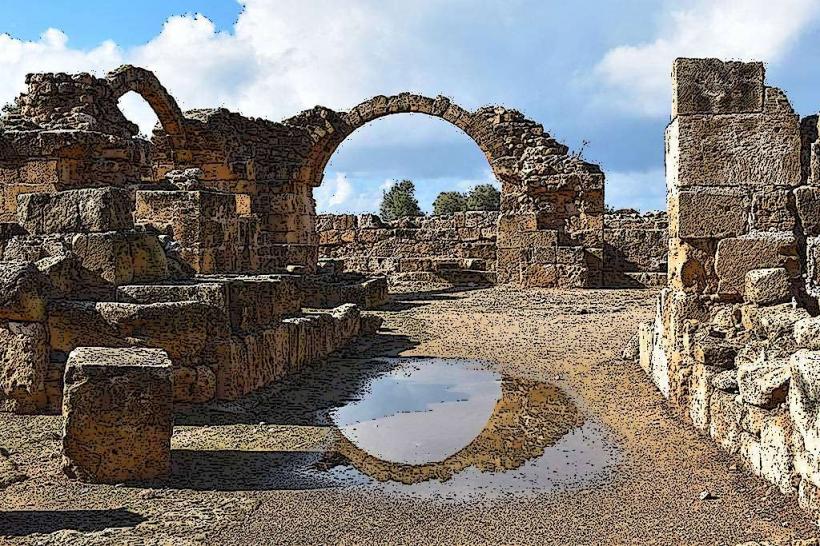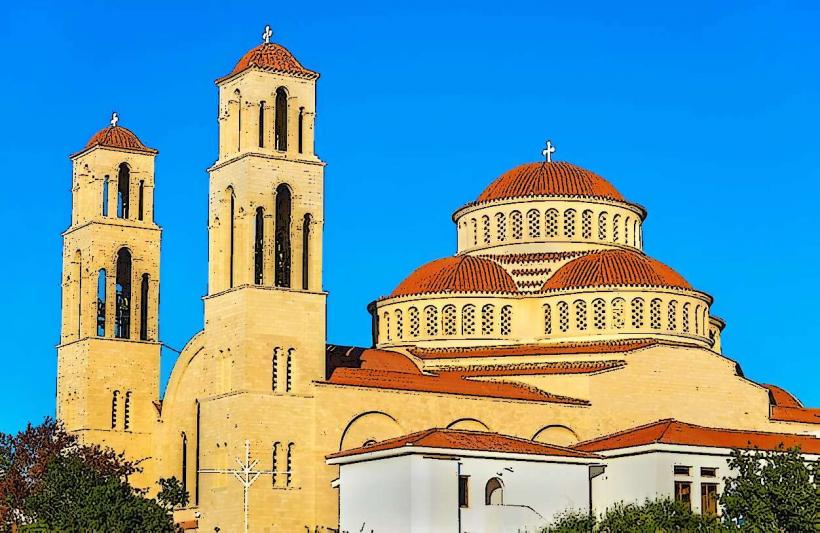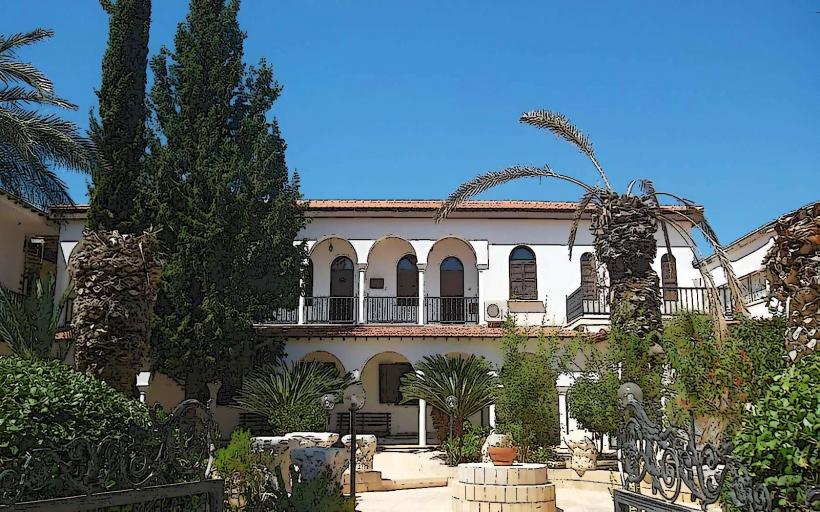Information
Landmark: House of DionysosCity: Paphos
Country: Cyprus
Continent: Europe
House of Dionysos, Paphos, Cyprus, Europe
Overview
The House of Dionysos stands out as one of the best-preserved treasures in Cyprus’s Paphos-archaeological-park_paphos" class="underline">Paphos Archaeological Park, its ancient mosaic floors still shimmering in the sun, simultaneously it’s famous for its dazzling mosaics, alive with scenes from Greek myths-especially those celebrating Dionysos, the god of wine, wild feasts, and the rush of spring.To be honest, People believe the house was once a lavish Roman villa from the 2nd century CE, with mosaic floors and grand columns that spoke of its owners’ wealth and cultural standing, at the same time the House of Dionysos is renowned for its mosaics-intricate Roman designs where tiny colored stones form scenes as vivid as a sunlit vineyard-considered among the finest in the Mediterranean.Sparkling, intricate mosaics stretch across much of the floor, alive with deep blues and golds that tell scenes from Greek mythology, at the same time their complexity and the way they’ve stayed intact over time make them truly remarkable.You’ll often notice Dionysos in these scenes, surrounded by laughing satyrs, wild-eyed maenads, and moments pulled straight from the myths tied to him, at the same time these mosaics matter not just for their beauty but for the glimpse they give into the era’s religious and cultural life.Among the most striking are scenes of Dionysos astride a leopard, laughing with satyrs, and turning pirates into dolphins, each tile alive with color, also the House of Dionysos itself is a sprawling villa arranged around a sunlit central courtyard, a hallmark of Roman design.Several rooms ring the courtyard in the villa-dining rooms called tricliniums, airy living spaces with wide doorways, and perhaps a few quiet bedrooms, and mosaics set into the floors glimmer underfoot, lending the rooms a quiet elegance.The villa’s open layout, rich ornamentation, and thoughtful design reflect the comfort and beauty prized in Roman homes, not only that the villa’s size and the lavish mosaics-luminous with intricate patterns-suggest it was built for a wealthy Roman family, generally Most of the scenes center on Dionysos, the god of wine, theater, and ecstasy, whose presence loomed large in the Greco-Roman world, in addition his portrayals often mingle with images of his wild followers-the maenads, frenzied women in flowing robes, and the goat-legged satyrs-who play vital roles in his myths.The mosaics also capture the tale of Dionysos and the Pirates, where the god turns would‑be kidnappers into sleek, leaping dolphins, simultaneously artists in ancient Greece and Rome often returned to this myth, using it to capture the god’s power and divine presence-like a marble figure with eyes fixed on eternity.Truthfully, Dionysos stood at the heart of their culture, embodying not only the joy of wine and celebration but also the deeper currents of change, disorder, and rebirth, in conjunction with as the god of fertility, nature, and theater, he held a special location in people’s hearts, drawing worshippers across the ancient world.Honestly, A vivid floor mosaic of Dionysos in a private home hints that the owners of the House of Dionysos were not just wealthy but deeply involved in the era’s religious and social life, to boot this house dates to the Roman period, when Cyprus lay under Roman rule.At the time, Paphos thrived as a hub of government and culture, where wealthy Romans filled their homes with vivid images that proclaimed their rank and honored the gods, subsequently the mosaics at the House of Dionysos capture this blend of art, daily life, and myth- you can almost witness the glint of a wine goblet in the sun.Unearthed in the 1960s, the house has since been carefully protected, its intricate floors guarded against the wear of time, alternatively today, the house welcomes the public as part of the Paphos Archaeological Park, where visitors can wander through its rooms, step over ancient stone thresholds, and study the vivid mosaics up close, to some extent Much of the villa’s structure and artwork has survived in remarkable condition, making it one of Cyprus’s most striking and popular ancient sites, as well as the mosaics burst with color and fine detail, offering a clear glimpse of how the villa once looked, sunlight spilling across its floors.Many of the finds from the House of Dionysos-pottery, statues, and mosaic fragments-now rest in the nearby Paphos Archaeological Museum, as well as visitors can step closer to the past here, piecing together the site’s history through its vivid mosaics-scenes of feasts, gods, and daily work glint in the sun-and an audio guide or tour brings the House of Dionysos and its former residents to life; it remains one of the most remarkable cultural treasures in Paphos Archaeological Park.Intricate mosaics catch the light, and the remarkably intact buildings offer a rare window into the Romans’ daily life, their gods, and the art they cherished, as well as with its deep ties to the worship of Dionysos and walls alive with vivid, intricate frescoes, the house is a must-spot for anyone drawn to ancient Greek and Roman culture.
Author: Tourist Landmarks
Date: 2025-09-03

